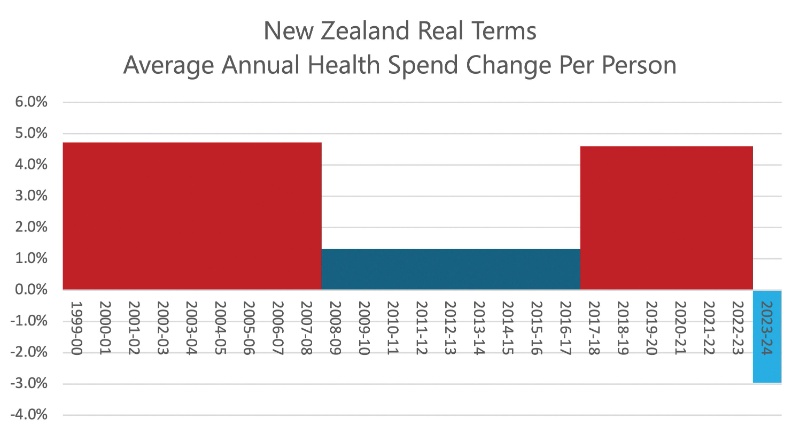Proposals To Weaken Climate-Related Disclosures A Backwards Step
Lawyers for Climate Action NZ Inc has released its submission on proposed adjustments to New Zealand’s climate-related disclosures regime.
In 2021, Aotearoa New Zealand became the first country in the world to introduce a mandatory climate-related disclosures regime (CRD Regime).
However, due to claimed “significant problems with the regime”, the government is proposing to weaken it significantly, including by nearly halving the number of listed entities included and removing directors’ liability. These proposals would be an embarrassing and unnecessary backwards step and are not in the best interests of New Zealand’s economy, businesses, or international reputation.
Climate change presents material risks to the global financial system and economy. Earlier this year, the Institute and Faculty of Actuaries issued a stark warning: the global economy could face a 50 per cent loss in GDP between 2070 and 2090 from climate impacts unless appropriate action is taken now. These risks must be managed by the capital market, regulators, as well as companies and their directors.
The CRD Regime is a well-recognised and important tool for managing and responding to climate-related financial risks. It is also relatively new. It is no surprise that some of the settings may need to be adapted and tweaked now that the first year of mandatory reporting has ended. However, many of the proposals considered in the Discussion Document are blunt instruments and a knee-jerk response to some of the loudest critics of the CRD Regime.
The proposals include:
Increasing the threshold for listed issuers in an attempt to reduce regulatory arbitrage with Australia. However, the risk of regulatory arbitrage is illusory, including because of Australia’s regime covers a wider range of entities than the Discussion Document proposes.
Significantly reducing, and even removing, directors’ and climate reporting entities’ liability under the CRD Regime, in response to concerns from some directors that the liability settings are increasing both the conservatism of the statements and the cost of their preparation. One proposal even goes so far as to create a safe harbour to protect both climate reporting entities and their directors from litigation.
These proposals are an overreaction to the real risk of liability - which is low, given that the threshold for finding a breach is high. It will reduce the incentives to create accurate and substantiated climate statements, create a perverse disjunct between voluntary statements (for which liability may accrue) and mandatory statements (for which there will be protection), and ultimately stymy the kind of legitimate legal action that has taken place elsewhere in the world that ultimately protects investors and market integrity and supports the transition to net zero.
There are better ways for the government to improve the CRD regime. These include expanding the definition of “climate reporting entity” to better align with Australia’s definition, introducing differential reporting requirements so that the standards do not mandate a ‘one size fits all’ approach, and ensuring greater education and support are available to directors and entities.


 Gordon Campbell: On The Americanising Of NZ’s Public Health System
Gordon Campbell: On The Americanising Of NZ’s Public Health System New Zealand Deerstalkers Association: NZDA Urges Hunters To Prioritise Safety This Roar Season
New Zealand Deerstalkers Association: NZDA Urges Hunters To Prioritise Safety This Roar Season PSA: 1000 Days Since Landmark Pay Equity Deal Expired - Workers Losing $145 A Week
PSA: 1000 Days Since Landmark Pay Equity Deal Expired - Workers Losing $145 A Week Grace Tinetali-Fiavaai, RNZ: Widow Of Fa'anānā Efeso Collins Seeks Inquiry Into His Death - 'Unanswered Questions'
Grace Tinetali-Fiavaai, RNZ: Widow Of Fa'anānā Efeso Collins Seeks Inquiry Into His Death - 'Unanswered Questions' Te Pāti Māori: Te Pāti Māori Call For Mandatory Police Body Cameras
Te Pāti Māori: Te Pāti Māori Call For Mandatory Police Body Cameras NZ First Party: NZ First Introduces the “Conscience Acts Referendums Bill”
NZ First Party: NZ First Introduces the “Conscience Acts Referendums Bill” NZ Government: Unlocking Data To Increase Competition And Choice
NZ Government: Unlocking Data To Increase Competition And Choice


